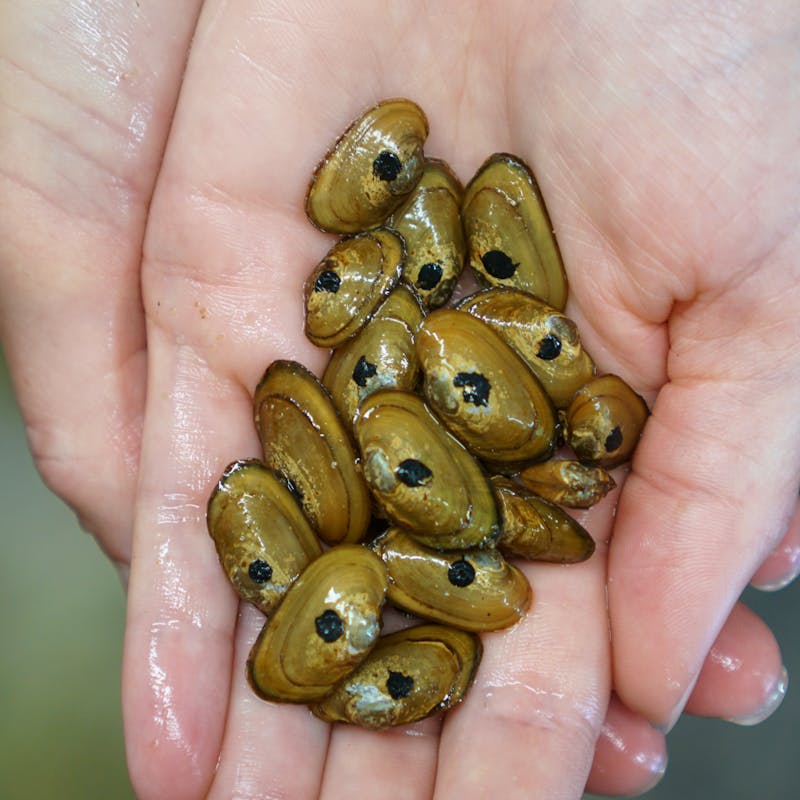Join our mobile Rapid Response Network!
You can be the first to hear about how we’re going to hold this administration accountable and how you can fight back for wildlife!
From the Arctic National Wildlife Refuge to the alpine streams of the Rocky Mountains to the Little Tennessee River, freshwater is an important habitat for wildlife, and often a hotspot of biodiversity.
Fish like Dolly Varden, Arctic grayling, delta smelt, longfin smelt, bull trout, greenback cutthroat trout, rio grande cutthroat trout, blackside dace, Carolina madtom, spotfin chub, wounded darter, cumberland darter, sicklefin redhorse, Yaqui catfish and many other species all rely on these freshwater habitats.
Unfortunately, humans have many impacts: draining, dredging, damming and channeling wetlands, rivers and streams; converting wetlands into cropland, pasture and subdivisions; mining the underlying resources; filling streams and weltands for roads or flooding them for reservoirs and lakes; and using them for dumping grounds for waste and sewage.
Climate change is increasing stream and river temperatures throughout the country, which is problematic for many native fish like salmon and trout, which can die if temperatures are too high.
Habitat loss and fragmentation, sedimentation, climate change, invasive species and pollution are all threatening freshwater fish across the country.

Defenders' Impact
Defenders is fighting for clean water protections throughout the country, and especially in the Southeast, which is a hotspot of freshwater biodiversity.
We are bringing enforcement lawsuits against polluters for illegally discharging pollutants from coal ash landfills and other point-source pollution.
In the Northwest, we are advocating ways to reduce pollution with our Orcas Love Raingardens program and remove outdated dams from rivers in the region to restore salmon.
We are relocating “nuisance” beavers in the Rockies and Plains to promote healthy wetlands and waterways and provide habitat for freshwater fishes and other aquatic species.
We are also working across the country to protect aquatic connectivity for freshwater fish and we participate in reintroduction projects for species that have been displaced, like the Rio Grande cutthroat trout and greenback cutthroat trout.
What You Can Do
Limit pesticide use. Obey all signs and instructions about washing boats, gear and boots to avoid transporting invasive species.

About
Freshwater fish are found in the widest rivers and the deepest lakes to some of the smallest headwater streams all across the country.
Many populations are small and fragmented, making population estimates extremely difficult.
Some fish, like salmon, smelt and sturgeon, are anadromous and migrate upstream from the ocean to spawn. Some fish give birth to live young, but others lay eggs.
Most freshwater fish eat a combination of insects and other invertebrates, some plants or smaller fish.
Featured
Texas Treasures - 7 Species That Call Texas Hill Country Home
Read more about Texas Treasures - unique and imperiled aquatic wildlife found in Texas with a restricted and limited habitat.
Read More About Freshwater Fish
News










